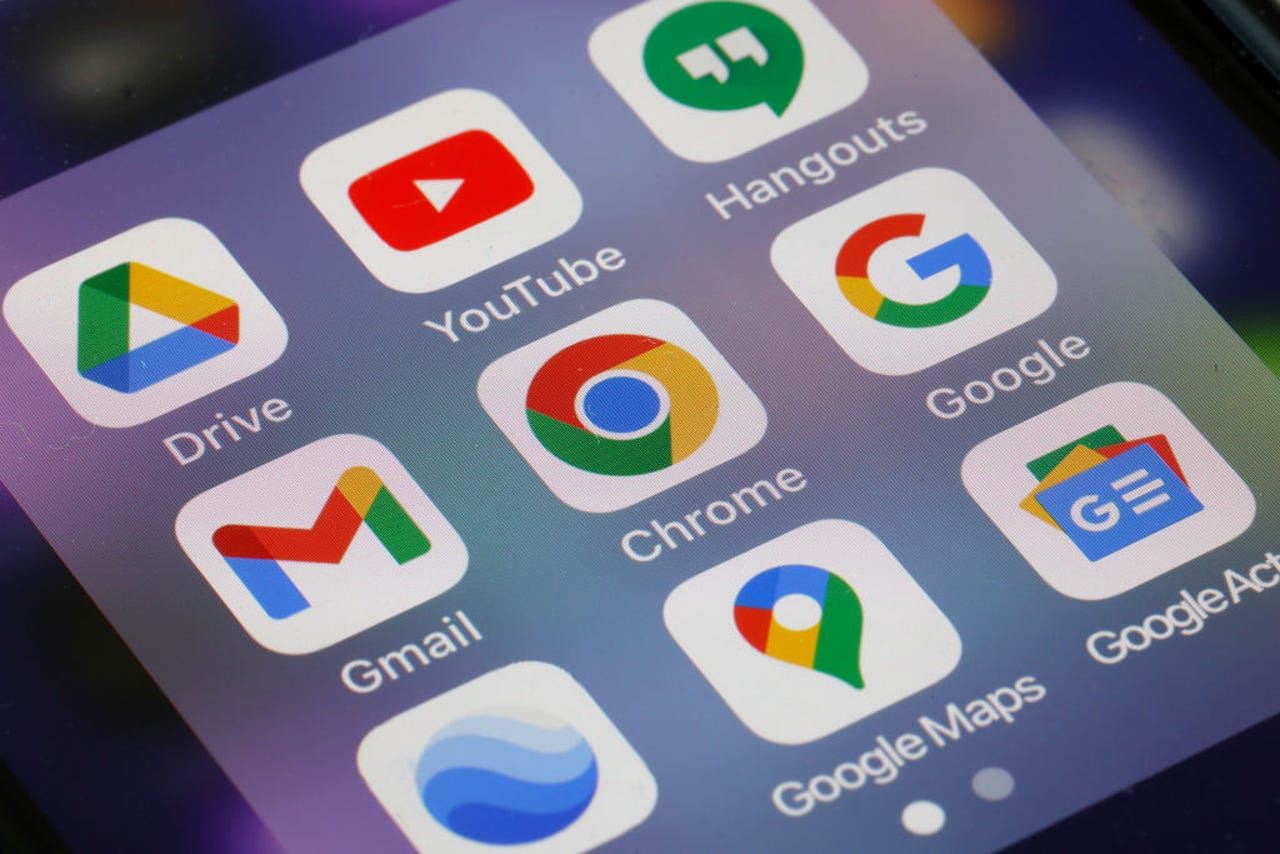
Do you have a stray Google account that you haven’t used in a couple of years? If so, prepare to kiss it goodbye starting next month, unless you jump in to save it.
This past May, Google announced that it would begin deleting personal accounts that haven’t been used or signed into for the past two years. This policy applies not only to the account itself but to any content used in Google Workspace (Gmail, Docs, Drive, Meet, Calendar), YouTube, and Google Photos.
Also: How to set Gmail app notifications so you never miss an email
Applying only to personal accounts and not those at businesses and schools, the policy is designed to meet industry standards around data retention and limit the amount of time that Google can hold onto your unused personal information.
But security is another factor. Though Google strives to safeguard all accounts from spam, scams, and hijacking, an unused account is more likely to be compromised, especially since it may not be protected by two-step verification.
“Our internal analysis shows abandoned accounts are at least 10x less likely than active accounts to have 2-step verification set up,” Google said back in May. “Meaning, these accounts are often vulnerable, and once an account is compromised, it can be used for anything from identity theft to a vector for unwanted or even malicious content, like spam.”
But all is not lost — at least, it doesn’t have to be. Although the deletions are due to start next month, Google said that it will adopt a phased approach. The company will first look at accounts that were created and never used again. Further, any user whose account is on the hit list will receive notifications sent to the associated Gmail address and to any recovery addresses.
If you have any unused Google accounts that you want to save from the chopping block, here are a few steps you’ll want to take.
Also: Google Play Store just unveiled a security badge for some apps. Here’s what it means
1. Check email not just in Gmail but in other accounts. Notifications of impending deletions will be sent to the associated Gmail address. To find out if your account’s time is near, check your Gmail messages for any such notifications. Google also lets you set up a recovery address anytime you create a new Gmail account, so be sure to check that one if you’re unable to access your unused Google account.
2. Reset a forgotten password. Maybe you remember the email address for your unused account but you’ve forgotten the password. No problem. Head to the Gmail website. Type the email address and then click the Forgot password link. Google will attempt to text, email, or call you with a verification code to confirm that it’s your account. Follow the steps to reset your password and access your account.
3. Recover an account with a forgotten email address. Maybe you have an unused Google account lurking about but you don’t remember the email address. At the Gmail website, click the Forgot email link. The next screen will prompt you to enter your phone number or your recovery address, followed by your full name. Google will then send a verification code to your mobile phone to confirm your account ownership and help you recover the associated address.
Also: Gmail’s new chat-like redesign on Android makes it easier to reply to all your emails
4. Sign in to and use your account. The mere act of signing into your unused account will spare it from Google’s guillotine. Beyond that, other indicators of activity include reading or sending an email, using Google Drive, watching a YouTube video, downloading an app from Google Play, using Google Search, and using the “Sign in with Google” option to log into a third-party app or service. Plus, accessing any app, service, or publication set up through your Google account would also be enough to save it.
5. Keep the account active. To prevent your account from facing the same fate in another two years, just make sure you log into it or otherwise use it periodically. And if you no longer need the account but want to retain the content, there are ways to back up your data or transfer it to a different location or account.



